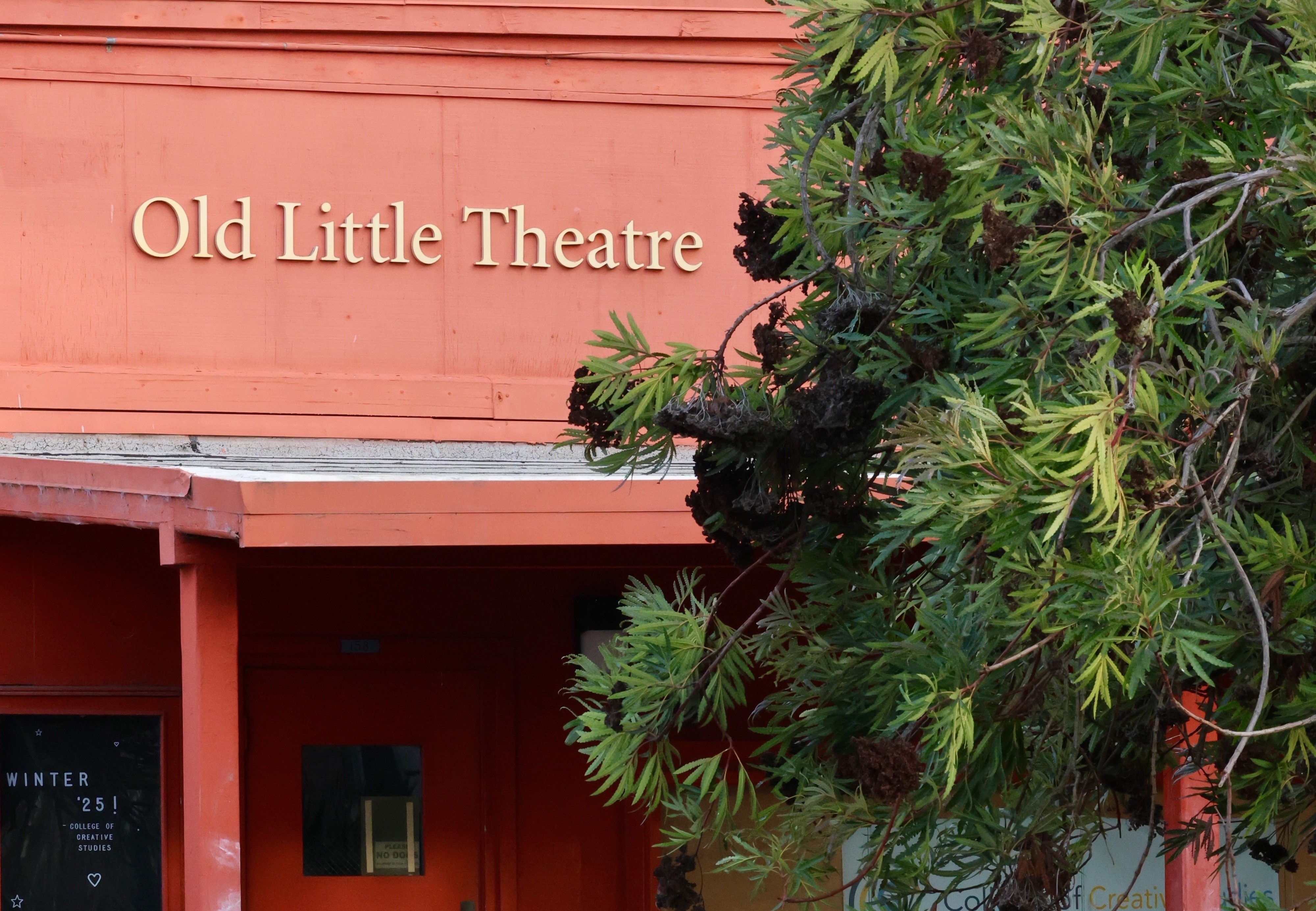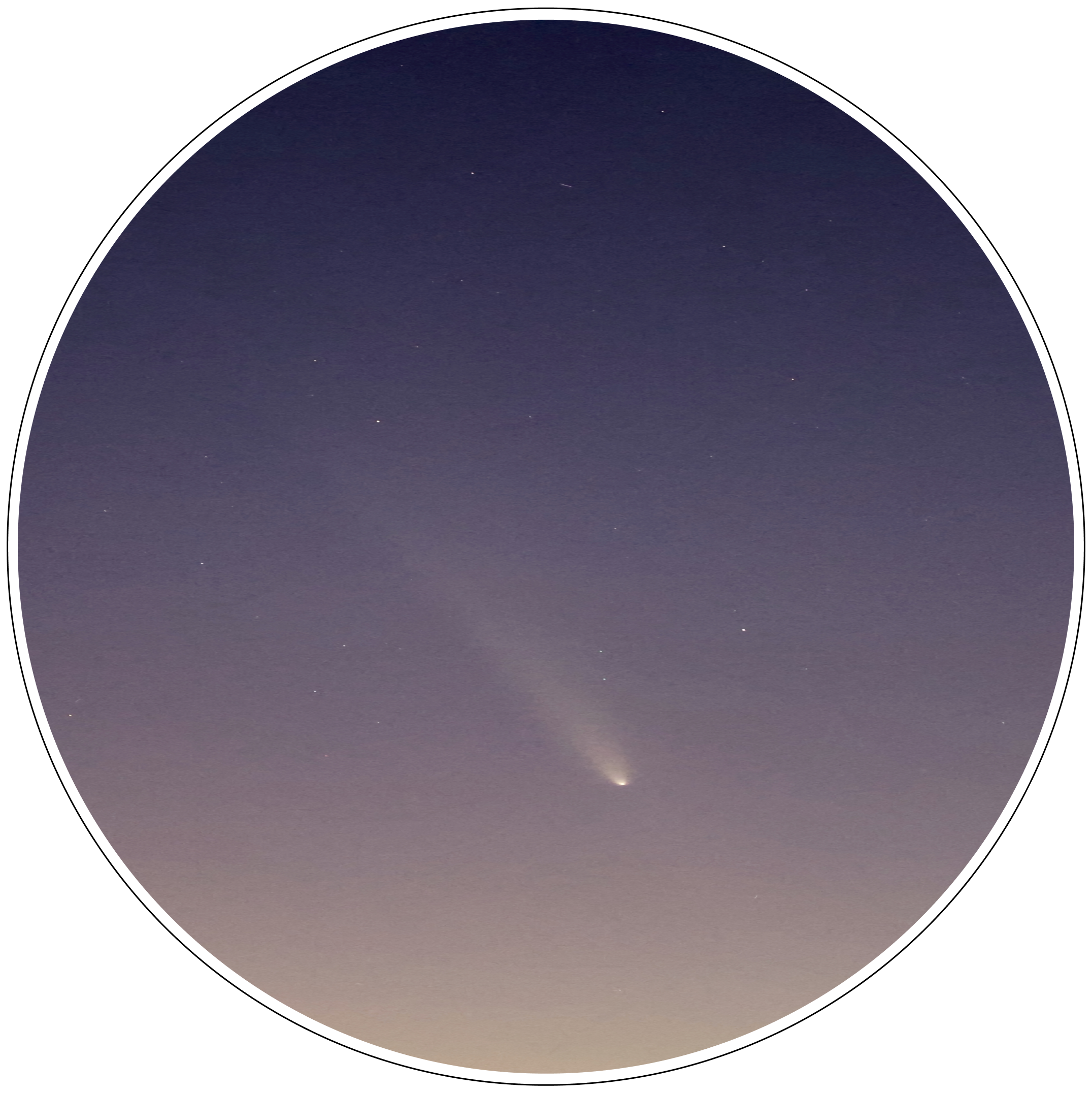Each fall quarter, the College of Creative Studies invites colleagues from the writing program to speak to their writing and literature majors about writing studies as a discipline that comprises multiple subdisciplines. Kenny and I are frequently paired as speakers to introduce our respective research projects in science communication, as well as to answer students' questions about courses, the best books to read (yes, these are student authors who love books!), and career pathways. Our talks occur in the Old Little Theatre, on a modest stage swathed in black curtains and accessorized with chairs that euphemistically might be called shabby chic. Each fall, as I tell shadowy forms in dimly lit theater seats about my backstory, I am reminded of the field's reliance on public presentations and the challenges they bring.
My backstory starts with an abundance of STEM-related childhood memories. As an air force brat, I was born into an environment saturated with advanced science and technology: secure walkie-talkies known as bricks for their weight and size, which my father carried daily; flightlines, ICBM missile silos, and the Vandenberg Space Launch Complex 6 (SLC 6, "Slick Six"), which were at different times under his command; and computers with daisy-wheel printers on which my sister and I lost Star Trek games to a mainframe computer (refer to Boyd et al., 2004, for a more detailed technology literacy narrative). My mother was a physical therapist who maintained her license even as we moved every 2 years or so, and who countered the initial squeamishness of her daughters towards high school biology dissections by calmly talking about the cadaver she had worked on during her own medical education. She also passed along a love of embroidery, especially pieces featuring nature subjects. As a family, we were birdwatchers, amateur astronomers, photographers, aquarium hobbyists, and participants in conservation efforts.
From this childhood, I went to a small liberal arts college initially thinking that I might major in biology. However, I was interested in English literature. And the history and philosophy of science. And languages. And computers. And music. I ended up earning an English major plus three minors. My biology professors and peers teased me with their predictions that I would go on to write articles in Spanish for Scientific American and to speak at NSF-sponsored conferences. Little did I know then how close they came to identifying my eventual career path (after detours) of becoming a writing professor who teaches science communication.


